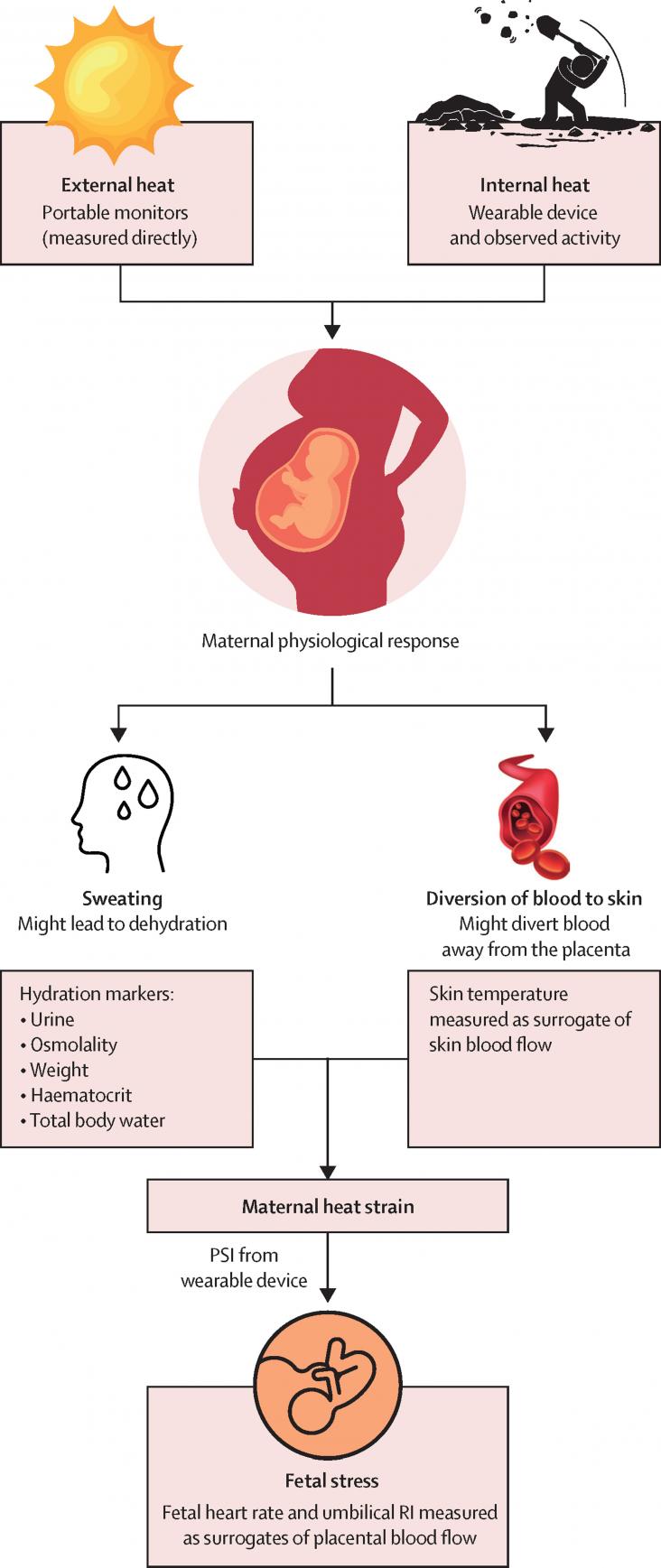This article supports SDGs 11, 6, and 13 by analyzing the impact of Denver Water's annual energy use and water use alongside local precipitation over a 20-year period from 1995 to 2014 and highlighting the implications for altered energy footprints as water utilities respond to new precipitation patterns in a changing climate.
This is a really interesting paper of the risks that Northwest Atlantic poses on the leatherback turtle, such as plastic bags and rope.
Biomass is a sustainable and review source. However, its conversion to chemicals is always challenging. This article produces high-value bioadhesive materials as a byproduct of chemicals from biomass. Using advanced technology such as electrochemical oxidation, clean energy and fuels can be produced from biomass, addressing SDG 7&13.
The research seeks to estimate biogas production potential from livestock and slaughterhouse wastes in Ghana, in order to promote biogas technology as a possible alternative in the search for sustainable energy management methods and in support of the SDG goals.
This paper shows that although climate policies can sometimes slow the pace of economic growth, in the long term the benefits of avoided climate change impacts will overweight policy costs
This study attempts to investigate the suitability of the Wabe river water for Agricultural and Industrial purpose.
Valuable chemicals can be produced from agricultural apple fruit waste, which needs to be well managed and has the potential to improve sustainability. This article uses a low-cost catalyst to enhance the efficiency of chemical production from apple fruit waste. This work contributes to affordable energy production, economic growth and CO2 emissions reduction, which are related to SDG 7, 8 &13, respectively.
This chapter advances the UN SDG goals 11, 12, and 13 by offering two alternate approaches to Western planning—city making informed by biophilic systems and First Nations values—through Australian case studies that have similar systems of thought, aspirations, and values. The challenge is for use to adapt (or retrofit) our cities to redress climate change and our consumption values toward crafting robust, resilient, respectful and sustainable places.
This chapter advances Goals 3 and 13 by explaining why CE philosophy should be considered in national policies to guide waste and environmental management efforts.

This Article supports SDGs 3, 5, and 13, focusing on the mechanisms for adverse outcomes caused by environmental heat stress in pregnant subsistence farmers.
